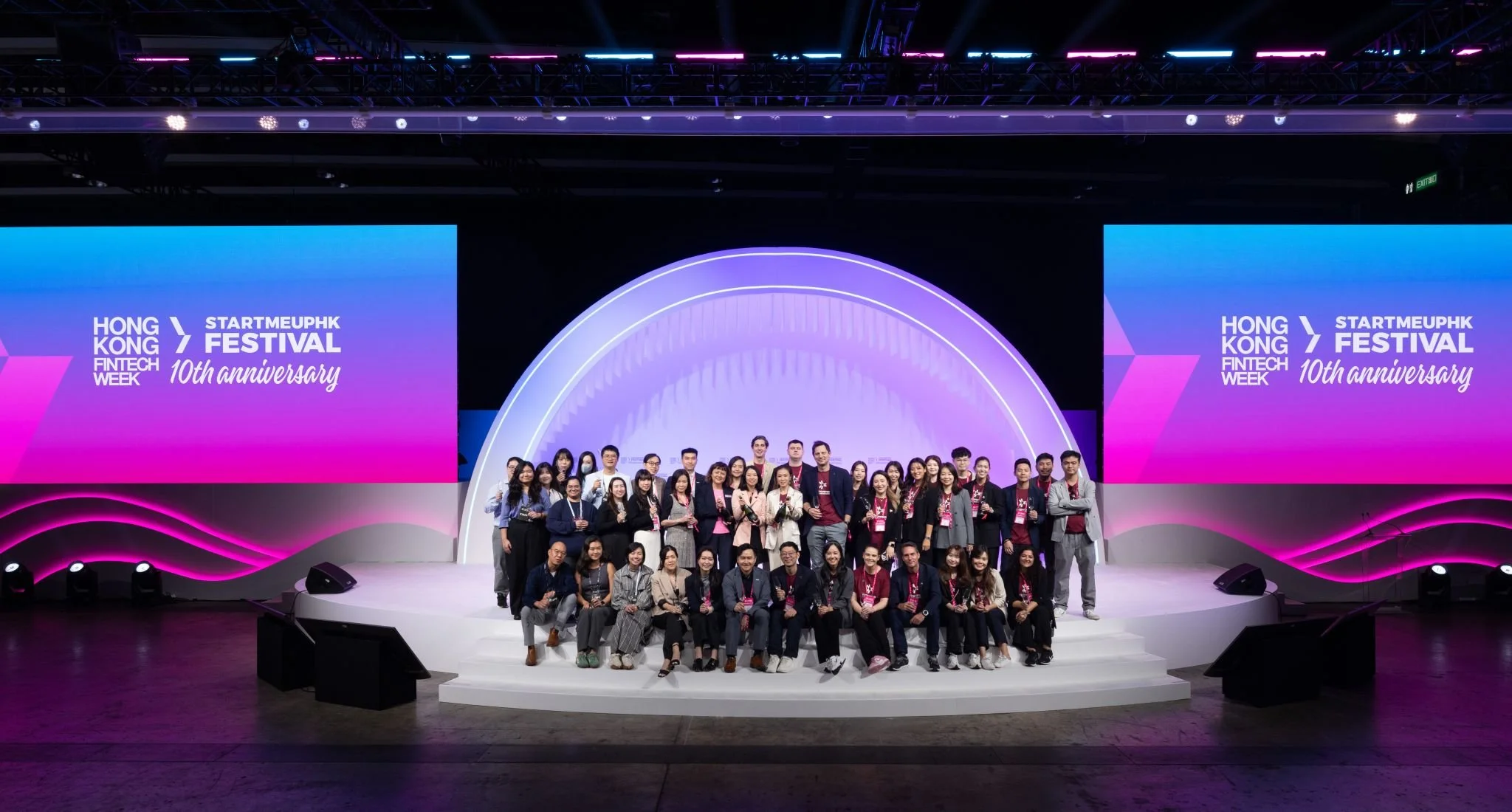Key benefits driving automated content creation
Automated content generation is changing the way information and marketing are produced. This method is attracting attention by streamlining production and optimizing resources, which raises interest in its true effect on efficiency. Integrating this tool wisely to strengthen a team maintains both authenticity and quality.
Operational efficiencies that streamline workflows
Automation significantly decreases production time, as reported by most companies that employ it. This progress is attractive because it frees up hours previously spent on repetitive tasks. This triggers a desire to devote that time to planning, creativity and strategy. The main thing is to examine which routine activities can be effectively automated.
Consistency and scalability without increasing costs
Maintaining a consistent message across multiple channels is a challenge that automation solves without duplicating resources. Centralizing processes and adopting intelligent tools reduces duplication of tasks, accelerates dissemination and facilitates large-scale content management.
Builds trust and brand positioning: consistency in tone and presence reinforces public perception, fosters customer loyalty and creates conditions for growth without the need to increase headcount.
Implementation of tools and processes: establishing a style guide, reusable templates and a CMS/DAM allows for uniform tone and style across all touch points (web, networks, email, support).
Automation and quality control: automated workflows, style validations and A/B testing keep quality unchanged by increasing content volume, reducing human error and review times.
Measurement and continuous improvement: integrated analytics and closed feedback allow you to adjust messages, prioritize high-impact content and orchestrate omnichannel campaigns that scale results without adding human resources.
Strategic relocation of human talent
When teams are freed from operational tasks, they are encouraged to focus on more valuable work: analysis, creativity and differentiation. This shift allows time and talent to be dedicated to activities with greater strategic impact, to enhance innovation and to improve the organization's value proposition.
Fostering originality: By freeing people from repetitive tasks, space is created for experimentation, critical thinking and interdisciplinary collaboration, which increases the ability to generate unique ideas and novel solutions.
Redirection of roles towards the strategic: Operational relief drives the reconversion of profiles towards planning, decision making and offer design; this requires training and redesign of positions, but produces greater commitment, better use of talent and competitive advantage.
Concrete action: human reviews to complement automation: Implementing humanintheloop processes - e.g. editorial reviews, quality control for borderline cases, and tone and value checks - ensures contextual judgments that automation does not cover, while preserving ethical criteria and brand consistency.
How to implement it and what results to expect: Identify tasks to delegate, design pilots with clear metrics, train staff for strategic tasks and establish feedback loops; results include increased authenticity, customer trust, regulatory compliance and sustainable differentiation.
Automated content captures attention because of its effectiveness, arouses interest because it shows measurable results, fosters a desire to implement its strategic benefits, and provokes immediate action on its conscious integration. Organizations have the ability to modify their content generation, work with more focus and quality, and gain a better position in demanding digital contexts by balancing human oversight with automation.






